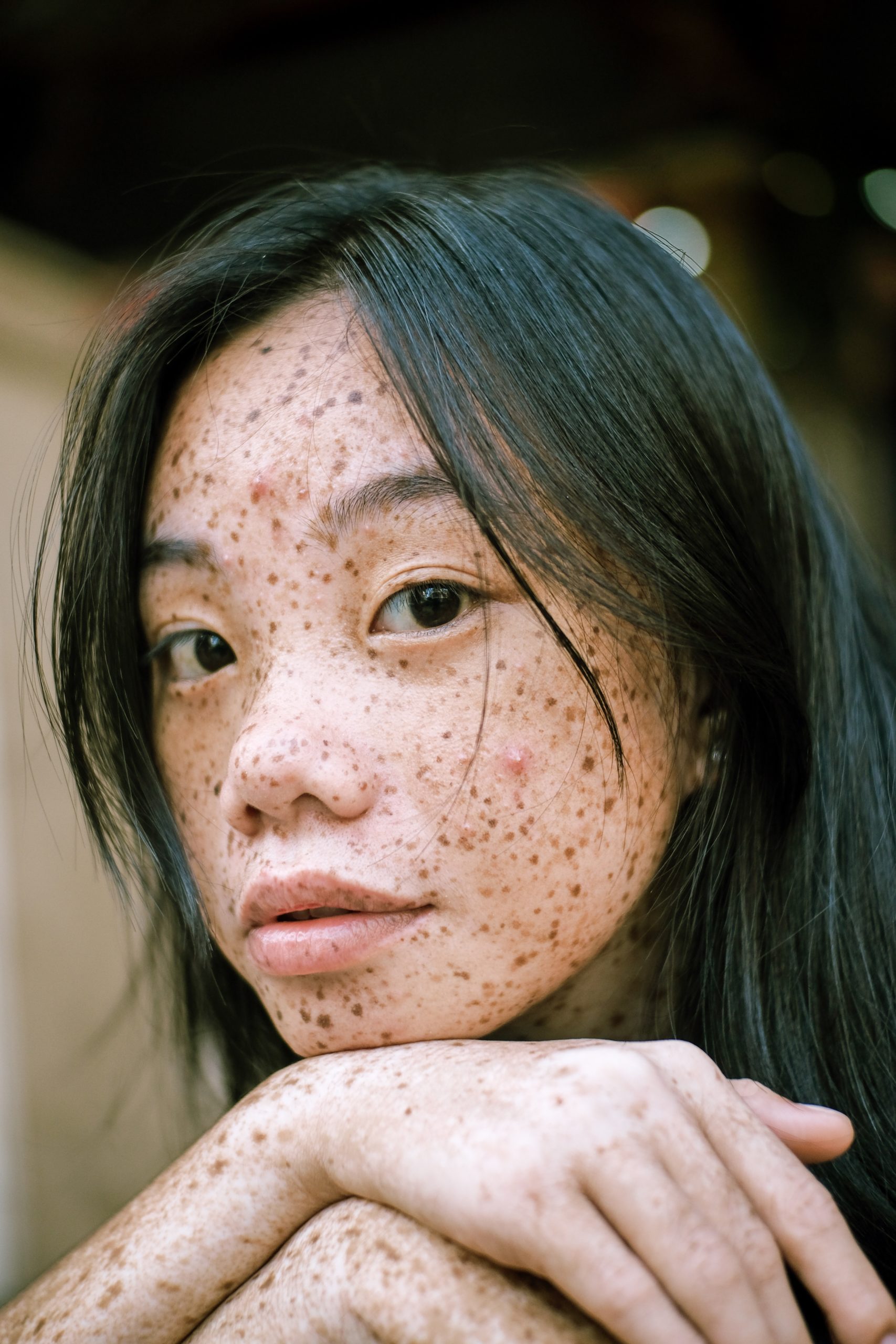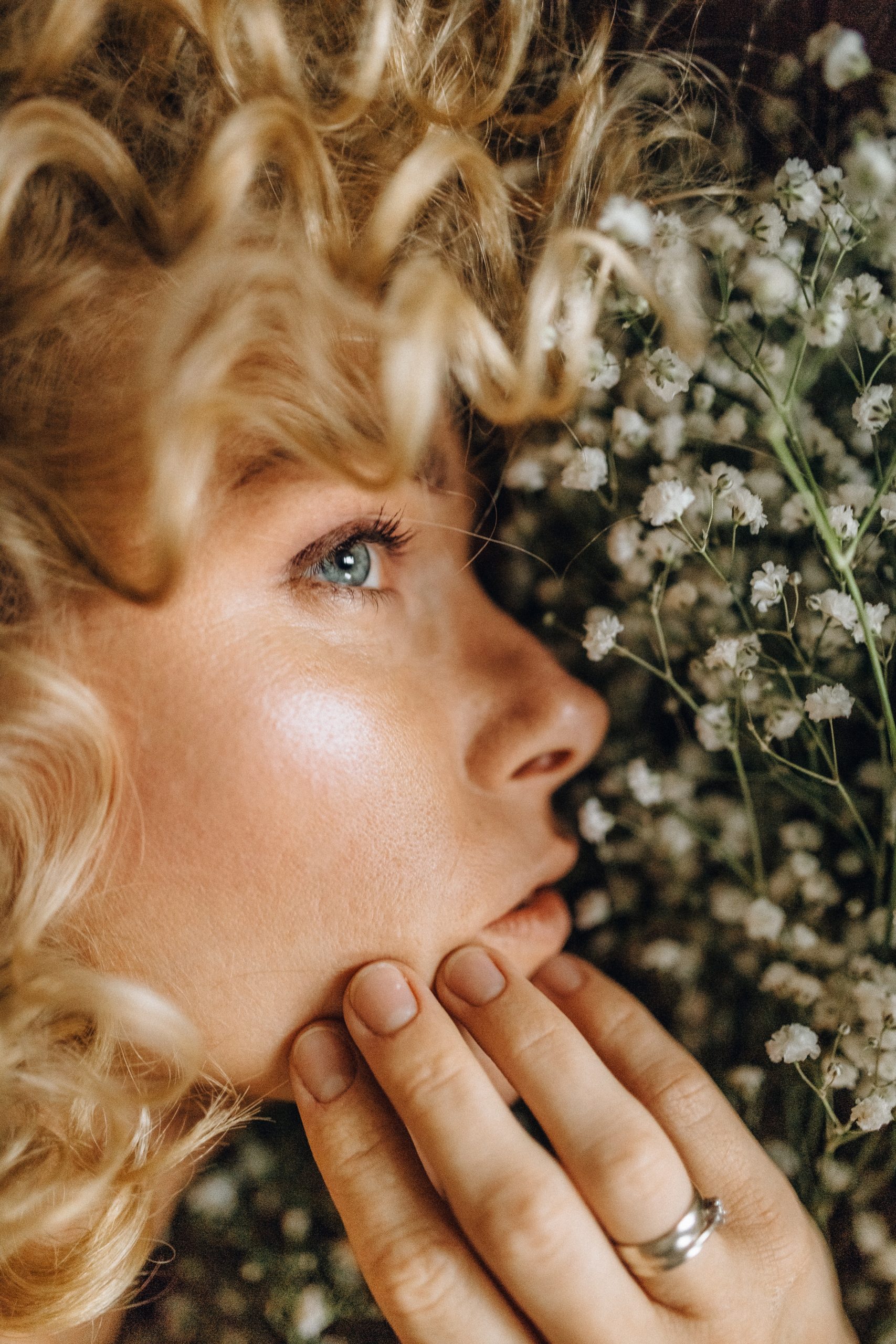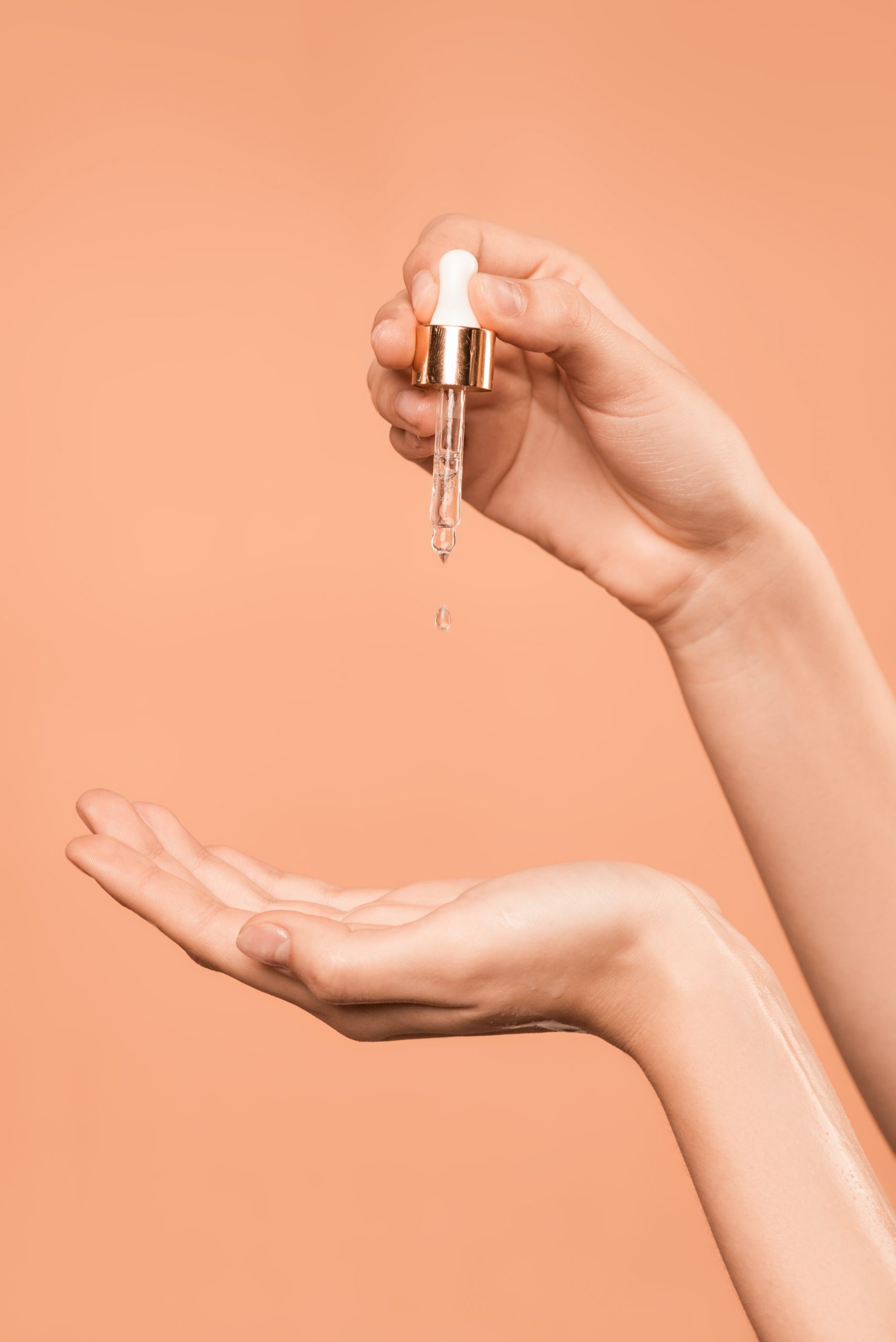Sun exposure is the number one cause of skin ageing. So how does it happen and what can you do to reverse the damage?
Up to 90% of visible ageing is attributed to sun exposure. This means that the expensive eye cream you treated yourself to last month is useless if you’ve not layered a good amount of SPF underneath. A quarter of a teaspoon is recommended for the face, and another quarter for the neck. Yes, even in the winter.
SPF is the number one anti-wrinkle, anti-dark spot, anti-sagging product available. And research has shown that it’s never too late to start protecting your skin. Even people with significant sun damage who started using a broad-spectrum sunscreen later in life saw a noticeable reduction in every visible sign of ageing.

UVA radiation can penetrate through clouds and glass, so it should be worn even when it’s raining and while inside.
Here’s where it gets a little more scientific.
There are two types of ultraviolet (UV) radiation that reach the surface of the earth from the sun. UVB rays are mostly responsible for producing sunburn, while UVA rays are mostly responsible for premature ageing. It is important to make sure your sunscreen offers broad spectrum protection from both.
Since UVA rays are longer than UVB, they penetrate deeper into the dermis where they damage the collagen fibres. This causes photo-ageing characterised by wrinkling, roughness, dryness, loss of firmness, and pigmentary changes.
Wearing sunscreen everyday can do more than prevent skin cancer. Studies show that it is the most powerful tool against anti-ageing. According to a large study undertaken by Australian researchers, regular use of sunscreen has been shown to prevent photo-damage by 24%. In theory, this would mean that if you wore sunscreen every day, then by the age of 50 you would look 38.
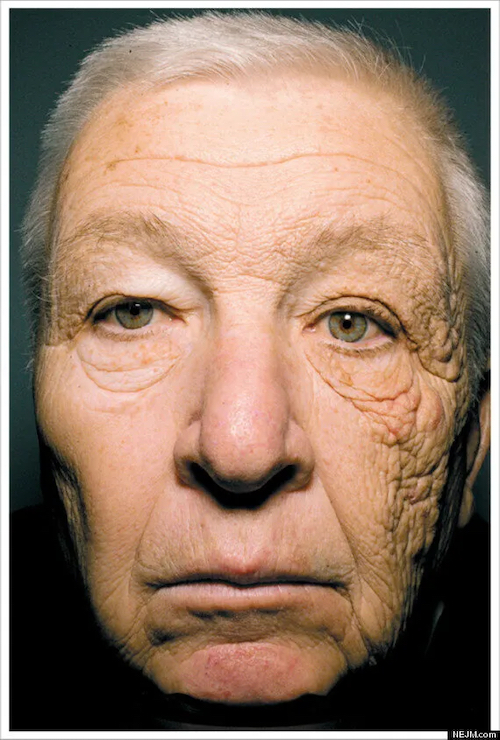
SPF 30 is more than twice as effective as SPF 15. Anything over SPF 50 will not provide any extra protection.
To reap these benefits, make sure that your sunscreen offers protection of SPF 30 as a minimum and wear it every single day. SPF 30 blocks 97% of UVA and UVB rays, while SPF 15 blocks 93%. While this may not seem like such a large difference, consider it this way: SPF 15 allows through 7% of UV radiation, while SPF 30 allows just 3%.
This means that SPF 30 is more than twice as effective as SPF 15. Anything over SPF 50, however, will not provide any extra protection.
Remember that UVA radiation is able to penetrate through clouds and glass, so it should be worn even when it’s raining and while inside. And working from home is no excuse. Incidental sun exposure accounts for 80% of lifetime sun exposure, meaning that the days you plan on spending time outside – going to the beach, or a long hike – accounts for just a fraction of total skin damage.
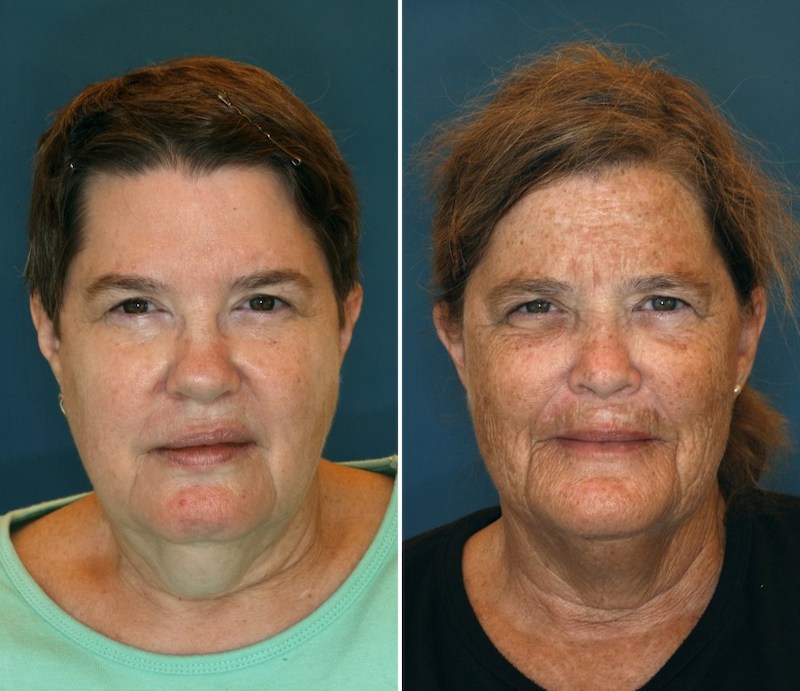
Regular use of sunscreen has been shown to prevent photo-damage by 24%. Theoretically, this would mean that if you wore sunscreen every day, then by the age of 50 you would look 38.
That is why it is important to get into the habit of applying sunscreen as part of your morning routine. Activities like walking to your post box or hanging out the laundry accumulate damage over time, which all adds up to mean extra wrinkles that could have been avoided.
To increase your sunscreen’s efficacy, layer it over Vitamin C serum in the morning after cleansing. Vitamin C will provide a protective barrier against oxidative stress by slowing the ageing process.







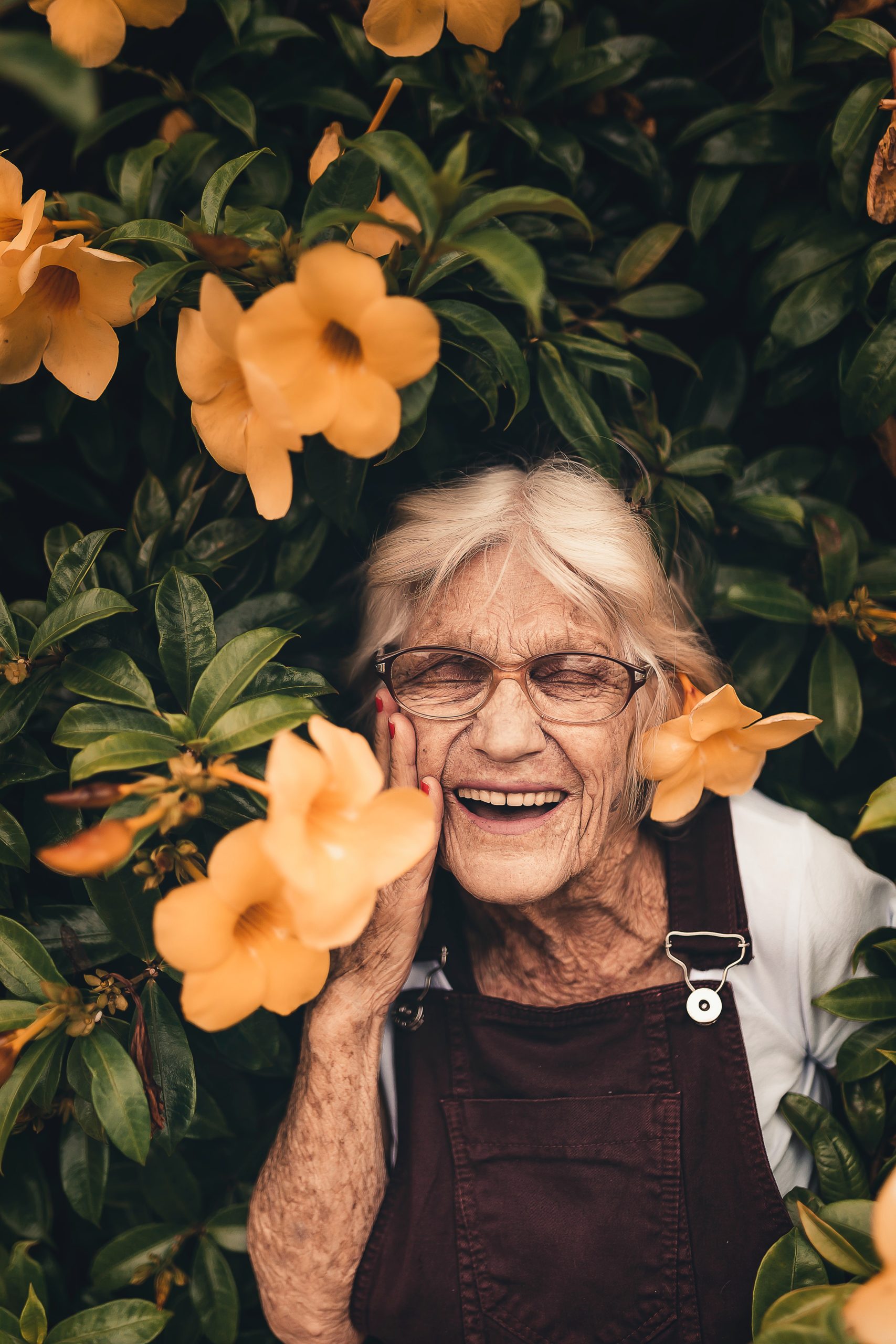

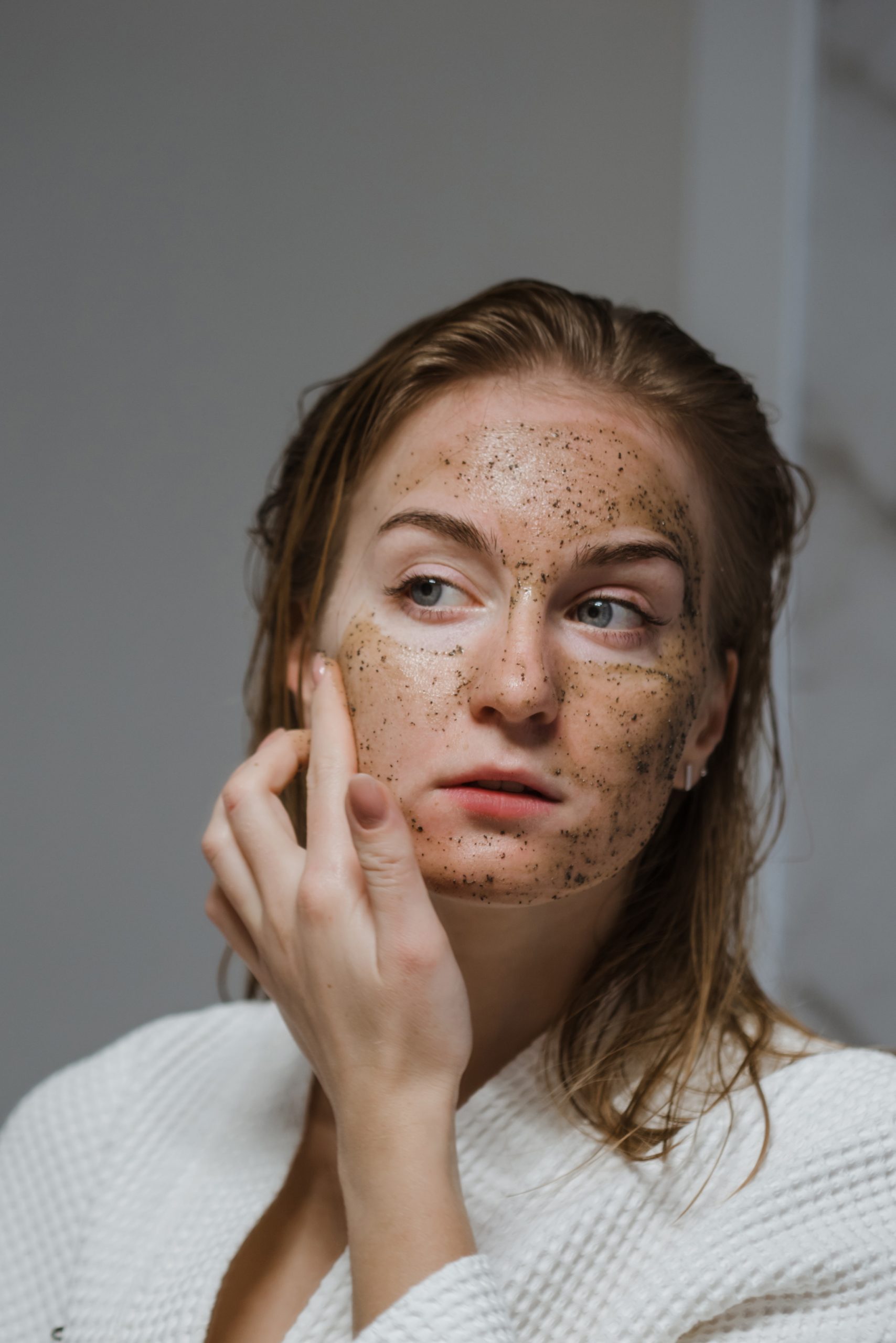 Red, puffy, and sensitive skin
Red, puffy, and sensitive skin